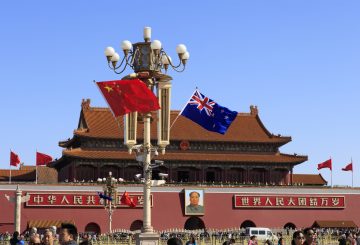Xếp hạng tín dụng của New Zealand vẫn ở mức AA+, ngay cả sau khi chính phủ thay đổi. S&P Global Ratings đã xác nhận xếp hạng này, đó là do sự quản lý tốt của đất nước trong thời kỳ đại dịch, nợ thấp và tăng trưởng kinh tế mạnh mẽ. Martin Foo từ S&P cho biết cuộc bầu cử gần đây mang lại chính phủ do Quốc gia lãnh đạo sẽ không ảnh hưởng đến xếp hạng. Cả hai đảng Lao động và Quốc gia đều có kế hoạch tài chính tương tự.
Tuy nhiên, chính phủ mới cần phải quản lý thâm hụt tài khóa. Điều này giúp chuẩn bị cho đất nước đối phó với bất kỳ cuộc khủng hoảng nào trong tương lai và đảm bảo cả chính sách tiền tệ và tài khóa phù hợp.
Nợ chính thức của New Zealand đã tăng nhưng vẫn là một trong những mức thấp nhất trong số các quốc gia phát triển. Tuy nhiên, nếu chính phủ mới ngừng chính sách “Nước giá cả phải chăng”, các hội đồng địa phương có thể phải đối mặt với những thách thức. Chính sách này có thể làm giảm mức nợ cao của họ. Ngừng nó có thể đồng nghĩa với việc các hội đồng phải vay nhiều hơn để lấy tài nguyên nước.
S&P dự đoán mức tăng trưởng hơn 2% hàng năm trong ba năm tới. Họ hy vọng mọi người chi tiêu ít hơn và các doanh nghiệp phải cẩn thận với các khoản đầu tư. Giá nhà tăng sẽ chậm Có thể có nhiều tổn thất tín dụng ngân hàng hơn, nhưng không có thay đổi đáng kể nào từ nghiên cứu của Ủy ban Thương mại được dự đoán.





























































